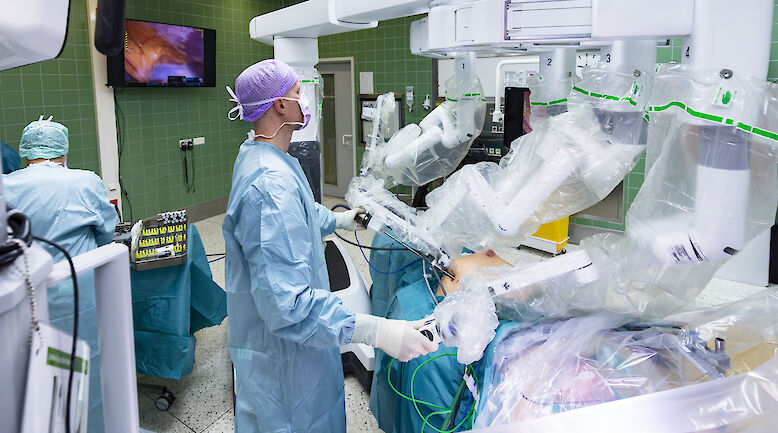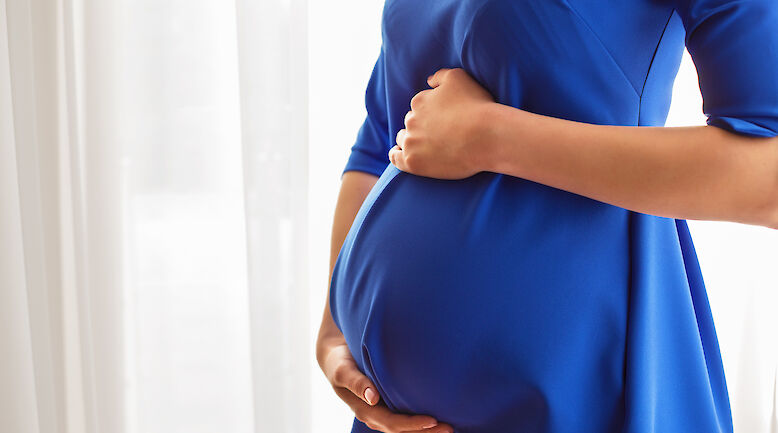English summary: FETAL MACROSOMIA IN WOMEN WITH GESTATIONAL DIABETES AND HEALTHY CONTROLS

Background In Finland the diagnosis of gestational diabetes (GDM) is based on a 2-hour oral glucose tolerance test (OGTT) performed with 75 g glucose in pregnant women with risk factors for GDM. Fetal macrosomia is the most important complication of GDM, increasing both fetal and maternal morbidity. In this retrospective study we evaluated the incidence of macrosomia in two GDM cohorts with different degrees of glucose intolerance and in healthy controls.
Methods The study population consisted of 898 consecutive GDM women with 2 or 3 abnormal values in the 2-hour OGTT with a singleton childbirth during 1988-1997. The lower limits of abnormal plasma glucose in the OGTT were 5.1 mmol/l for the fasting value, 10.0 mmol/l for the 1-hour value and 8.7 mmol/l for the 2-hour value. Treatment with insulin was based on pre- and postprandial plasma values of a 24-hour glucose profile performed immediately after the diagnosis of GDM. Macrosomia was defined as a birth weight > +2.0 SD above the mean of a Finnish standard population.
Results The Cesarean section rate was 18.7% in controls, 27.0% in diet-treated GDM women and 42.0% in diet and insulin-treated GDM women. Macrosomia occurred in 2.3% of the controls, in 4.6% of diet-treated women and in 18.4% in the group of diet and insulin-treated GDM patients (p<0.001). Erb's palsy occurred in 0.3% of controls, in 1.7% of diet-treated and in 1.6% (p=0.013) of diet and insulin-treated GDM women. The frequency of Erb's palsy was significantly higher in both GDM groups than in the controls.
Conclusions The 24-hour glucose profile performed after the diagnosis of GDM clearly distinguishes between low-risk (diet-treated) and high-risk (diet and insulin-treated) GDM pregnancies.













